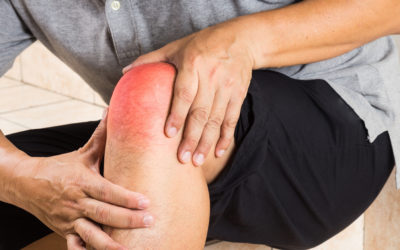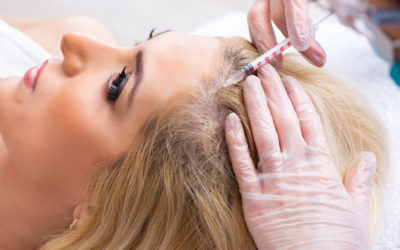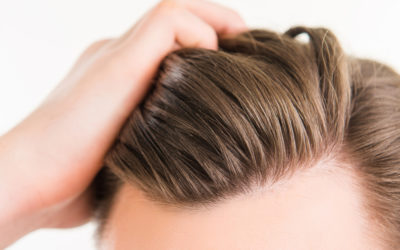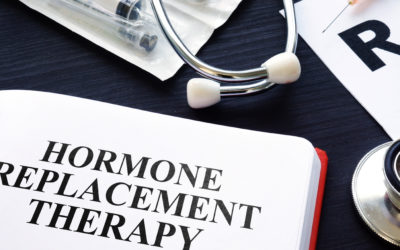By age 35, approximately 40% of men and women suffer from noticeable hair loss. Hair loss can feel embarrassing and do some damage to your self-esteem. Luckily, you can renew your confidence with hair restoration.
Here at the Anti-Aging Institute, we specialize in hair restoration through PRP or platelet-rich plasma therapy. Keep reading to learn more and see if you could be a good candidate for our hair restoration treatment.
The Benefits of Platelet Rich Plasma
Platelet-rich plasma therapy, or PRP, involves drawing a small amount of blood from the patient and putting it into a centrifuge. This separates the red blood cells from the plasma. The plasma, rich in platelets that promote hair growth, is then injected back into the scalp.
But don’t worry! The procedure starts with a scalp block so it is totally painless.
Hair loss is very common and often hereditary, but at the root (pun intended), it is caused by the destruction of hair follicles. Fortunately, PRP can help trigger natural hair growth by increasing the thickness of the hair shaft and increasing blood supply to the hair follicle.
We cannot regrow hair in an area that is completely bald. However, studies have shown improvements in hair density and thickness over several months.
PRP may require some maintenance treatment, but it’s very safe and natural. The treatment is also quite simple and painless.
Another great benefit of PRP therapy is that unlike with transplanted hair, you can immediately go right back to living your life. The hair growth is totally natural. Because the treatment comes from the patient’s own body, there are zero risks of a foreign-body immunological response.
The Anti-Aging Institute Difference
Here at the Anti-Aging Institute in Lexington, Kentucky, our hair restoration treatment specialist, Dr. Bacha provides PRP as a therapeutic option for both male and female patients.
All consultations at the Anti-Aging Institute are free of charge and there is no obligation. Dr. Bacha will answer all of your questions and explain the procedure in detail.
PRP therapy can generally start as soon as you’ve had your initial consultation, with further treatments 6 weeks apart. Around 6 months after your first treatment, Dr. Bacha will assess your progress. If necessary, you may continue with further treatment.
We aim to be as open about our procedures as possible so you can feel assured that you are getting the best and safest treatment possible.
Renew Your Confidence With Hair Restoration by Contacting Us
It may be a bit difficult to prevent hereditary hair loss before it happens, but that doesn’t mean you have to live with it forever. Through hair restoration, you can bring your self-esteem and confidence to the highest it has ever been in no time, without restrictive and invasive hair transplants.
Renew your confidence with hair restoration treatment today at the Anti-Aging Institute. Contact us to schedule your free consultation!











